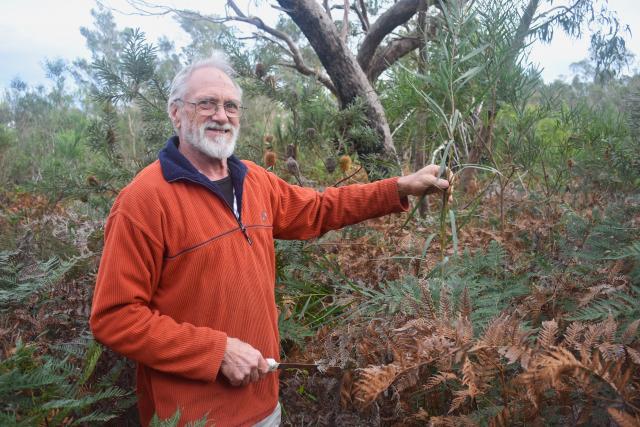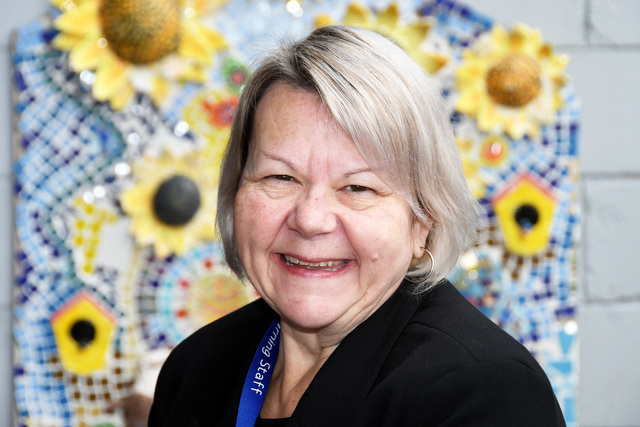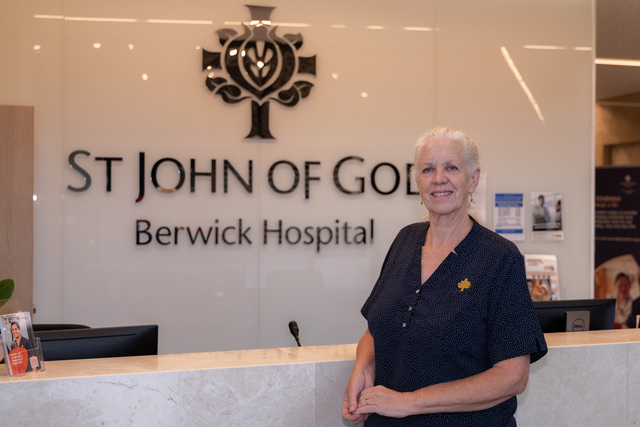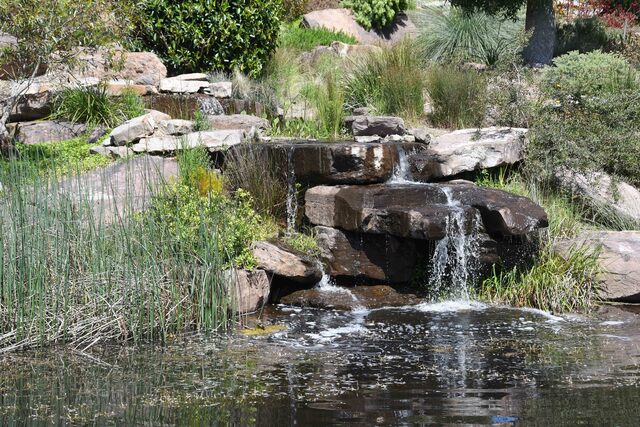Peter Hermans is a lone warrior in the fight against unwanted weeds and plants in the Warneet bushlands.
In his many hours among the bracken ferns, Mr Hermans has found problematic plant species invading the native vegetation.
Some are introduced species, some are native to Australia but not to the local area, and others are native to south-east Australia but have only recently found their home in Warneet.
Mr Hermans has been weeding reserves in the Casey area for over 30 years.
“Some of them are indigenous or native plants but have just become a problem here,” he said.
“I’ve been over every square metre of these local reserves, eventually you start to make progress, but it’s an ongoing thing because the weeds just keep coming.”
On his days free from work, Mr Hermans will spend half to whole days wading through the shrubs, removing any invasive species.
“When my partner and I first moved here in 1981 there wasn’t a weed problem, really,” he said.
“But gradually over time I noticed these plants starting to grow up.
“I didn’t think much of it for a while and then in around 2000 they started a pattern of burning and that’s when all the weed seeds came up.”
Mr Hermans said over the years he has become an encyclopaedia of local plants, though he still has field guides he can refer to when new species pop up.
“All the angiosperms, the trees and shrubs, I know them all,” he said.
Acacia longfolia, or the Sallow Wattle, is the worst offender according to Mr Hermans.
“They spread really rapidly and they’re everywhere, right through this whole environment,” he said.
They turn into quite large trees and create a “dense canopy”, and other plant life is unable to thrive in their heavy shade.
“It just shades out all of the other native shrubs.”
In an article for The Conversation, Singarayer Florentine explained Sallow Wattle has become a serious problem even within its geographic range.
“It dominates local ecosystems and displaces native species endemic to the area (particularly in our species-rich heathlands), which affects local insect habitats,” Mr Florentine wrote.
Mr Hermans believes the main vector for the propagation of their seeds is blackbirds and bronze ring pigeons, who he said never used to be in the area permanently but now are more frequent than many native species.
The Bluebell Creeper, a Western Australian plant, “smothers other vegetation”.
Agriculture Victoria lists the Bluebell Creeper as an invasive species.
With a very close look-a-like in the local Apple Berry Creeper, Mr Hermans said it takes skill to differentiate between the two unless they are flowering.
The Boneseed plant and introduced Shell Grass are among the other invaders Mr Hermans has seen pushing their way into the native vegetation.
“It’s really disruptive,” he said.
Agriculture Victoria noted “dense infestations of boneseed can virtually eliminate native understorey species and reduce the regeneration abilities of native trees”.
Boneseed and Acacia longfolia both thrive after natural disaster, such as fires, which Mr Hermans said the area experienced in the early 2000s.
Mr Hermans said its’ important to keep the vegetation as close to native habitat as possible because “it supports all the other animal life”.
“A lot of things are declining,” he said.
In November 2019 a heatwave in Melbourne saw temperatures reach 40.9 degrees Celsius.
It was during this time Mr Hermans noticed a lot of birds in the Warneet bushland abandoning their nests.
At the same time, he noticed a decline in the abundance of insects, which are many birds’ main source of food.
“They struggle just to survive themselves, let alone support a hatch of nestlings,” he said.
“It’ll take years before they recolonise this area.”
The thriving blackbirds are an introduced species, which may represent a pressure for native birds, creating competition for resources.
Other locals do their part to combat the spread of invasive plants in the area.
Jason Gura is a member of Warneet Conservation Group, a group which has been operating for 10 years in Warneet Reserve on the first Sunday of every month from 10am to 12pm at “the old ski beach”.
“It’s mostly removing sallow wattle and bluebell creeper to increase biodiversity,” Mr Gura said.
Casey council said they are also invested in this initiative.
“Council is committed to supporting environmental biodiversity in Casey and helping to maintain a sustainable and healthy natural environment that supports local flora and fauna,” said Manager Sustainability and Waste, Michael Jansen.
“We are aware of invasive noxious and environmental weeds within bushland areas surrounding Warneet, including Sallow Wattle (Acacia longifolia) and Blue Bell Creeper (Billardiaria heterophylla), which are Australian native species but not indigenous to Warneet.
The council said there are several crown reserves surrounding Warneet, including the Warneet Recreation Reserve, Warneet Foreshore Reserve, Warneet Balaka Street Bushland and Warneet Iluka Street Bushland, over which the council does not have jurisdiction, and which “may have challenges associated with environmental weeds”.
Mr Jansen said the council will “continue to advocate to the Victorian Government as the appropriate authority, to undertake any necessary environmental work to support healthy biodiversity in these areas”.
In late 2022 the council was successful in securing a $110,000 grant through the Victoria Government’s Peri Urban Weed Management Initiative.
The project, which is underway, is being delivered in collaboration with Parks Victoria, Bunurong Land Council Aboriginal Corporation and the Friends of Warneet and will focus on managing invasive noxious and environmental weeds within Warneet Natural Features Reserve and surrounding areas.
“The project also aims to empower the community to partner in biodiversity conservation and restoration initiatives,” Mr Jansen said.
“Council also supports private landowners to undertake environmental restoration works through our Biodiversity Incentive Scheme.”
Mr Hermans said he knows his fight against the weeds is an uphill battle.
“The weeds will win eventually, when I’m not able to do this anymore,” he said.
“No one else is gonna do it.
“I worry for the future.”







